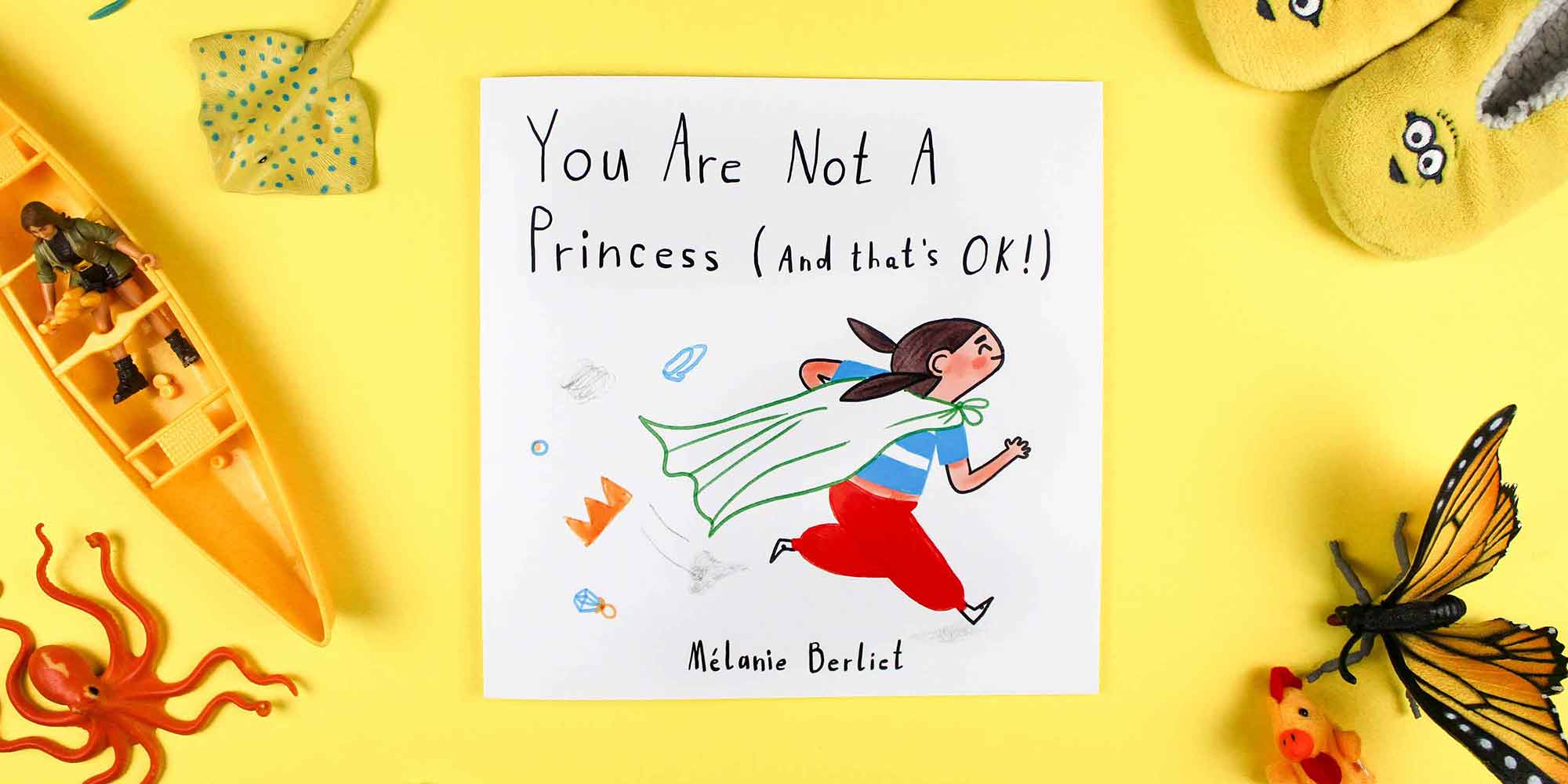
Satin, run, fill, and cross. One of them sounds like a type of clothing. The next one sounds like an activity, and the last one sounds like an intersecting point. Actually, to create beautiful thread art on the fabric those are the names of the stitches that are used for embroidery.
In the article, I will show you all the main types of stitches and what patterns we can create with them.
What is Embroidery Stitch?
An embroidery machine stitch is a needlework technique that involves sewing with embroidery thread in the fabric to create designs. Embroidery refers to the whole stitched decorative thread art used to create artwork, designs, emblems, logos, letters, and other designs. A well-digitized design consists of satin stitches, underlay stitches, fill, and a strong framework of stitches forming an outer edge. If the design has a well-thought-out sewing sequence with few jump stitches from one area to another, there should be less thread-trimming. Additionally, wearing it with a fabric that compliments it and brings out its best features depends on the stitching.
Basic Machine Embroidery Stitch Types And Their Uses:
Embroidery machine stitch uses several basic stitch types, to create a wide variety of effects in the project these stitches can be manipulated. The stitches used in embroidery can be seen as simple to complex depends in the needle works and technique they required. Let’s have a look at some of the mostly used stitches.
Satin Stitch:
Want to go zigzag on the embroidery machine? Satin stitch is for you, then. This stitch follows the right-left-right-left rule really closely. Stitch works in the same direction in a repetitive series of closely spaced stitches which forms smooth, uniform surface.
Use– It is perfectly used when creating a straight object of less than one cm in length. It is known to fill areas with crisp borders and make versatile letters, but that is not all. Some of the more uses of satin stiches are; outlining, filling with ripple effect, creating patch borders, stitch jagging to blend colors
Run Stitch:
Simple, straight forward, thin almost like a slow jog of stitches. In the first look it appears like a stitch of sewing machine. This stitch is repeated continuously to make a row of stitches that are parallel to one another.
Use- It can be used in many ways, usually it serves a purpose of gliding freely on the fabric. It can be used for: quilt, medium size letter, create fur textures, fine detail work, accent lines, scribble of long line of stitches.
Fill Stitch:
Fill stitch is also known as tatami stitch, might as well name it a universal stitch because it is not underrated, unlike run stitch. It is a mixture of run and satin stitch. The entire stitch contains closely spaced lines that cover the entire surface. Fill stitch has a thicker pattern but uses short fill.
Use- Like its name suggests, it is a fit for filling in the objects in a brick pattern. It is always used to fill larger spaces. It is mostly used for stamp and textures, controlles density and length, and create more dimension and angles to the design.
Chain Stitch:
From simple to intricate patterns chains stitch can make many versatile things. Because it’s a flat stitch, this type of stitch is used repeatedly in the same direction. It is the best stitch for creating curves and lines. Its thickness varies based on the type of thread we use.
Use- this stitch is used to form loop like stitches and chain like patterns. Raise the needle to a certain point, lower it briefly through the fabric, and then raise it once more. The thread is wounds around the needle to form a chain.
Stem Stitch:
Usually, the thread appears on the left side of the earlier stitch. If done closely, it can also be used as a filing stitch until a shape is fully filled, combine within it. It’s the most straightforward variation of the satin stitch.
Use- The stem stitch gets its name because it’s primarily used to create, borders, outlines, flower stems or the outline of motifs, detailing of the final look. Raise the needle at one location, lower it briefly, and then raise it once more, a little way down the line. Each stitch slightly overlaps the one before it.
Conclusion:
Learning how the right types of stitches can perfect and professionalize embroidery work is necessary. Neat and delicate artwork, machine embroidery enchants the beauty of the product. The satin stitch stands as the best type of machine embroidery stitch because it fills in spaces, while the perfect stitch suits medium and small areas best. Every occasion has a stitch, ranging from the straightforward running stitch to the more intricate chain stitch. Some stitches help to embellish garments well, and some add a personal touch to a project. The best thing about embroidery is its high adaptability and customizability as an art form that promotes creativity and limitless possibilities.
Edible Easter Slime
Mauris congue venenatis nisl ut varius. In posuere sem lorem, eu iaculis ante. Quisque eget turpis
Creative Back To School Ideas
Mauris congue venenatis nisl ut varius. In posuere sem lorem, eu iaculis ante. Quisque eget turpis
Exclusive Content
Be Part of Our Exclusive Community
Sed finibus, sem elementum tincidunt tempor, ipsum nisi ullamcorper magna, vel dignissim eros sapien at sem. Aliquam interdum, ante eget sagittis fermentum, mauris metus luctus sem, at molestie.
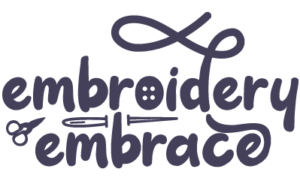
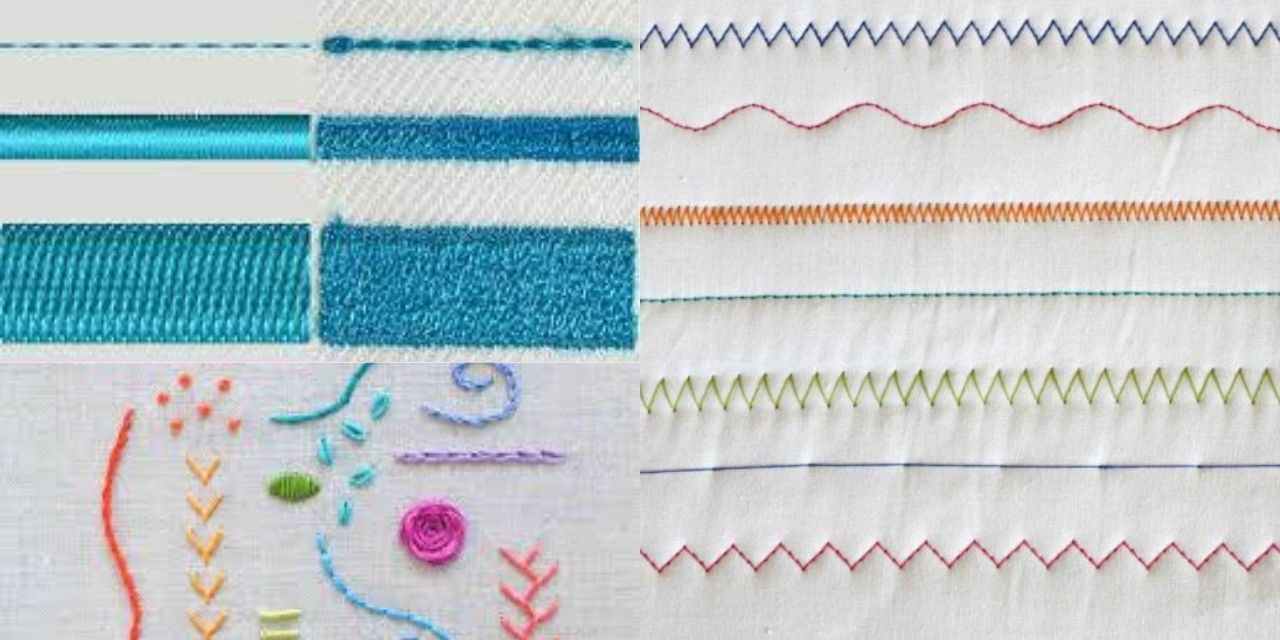
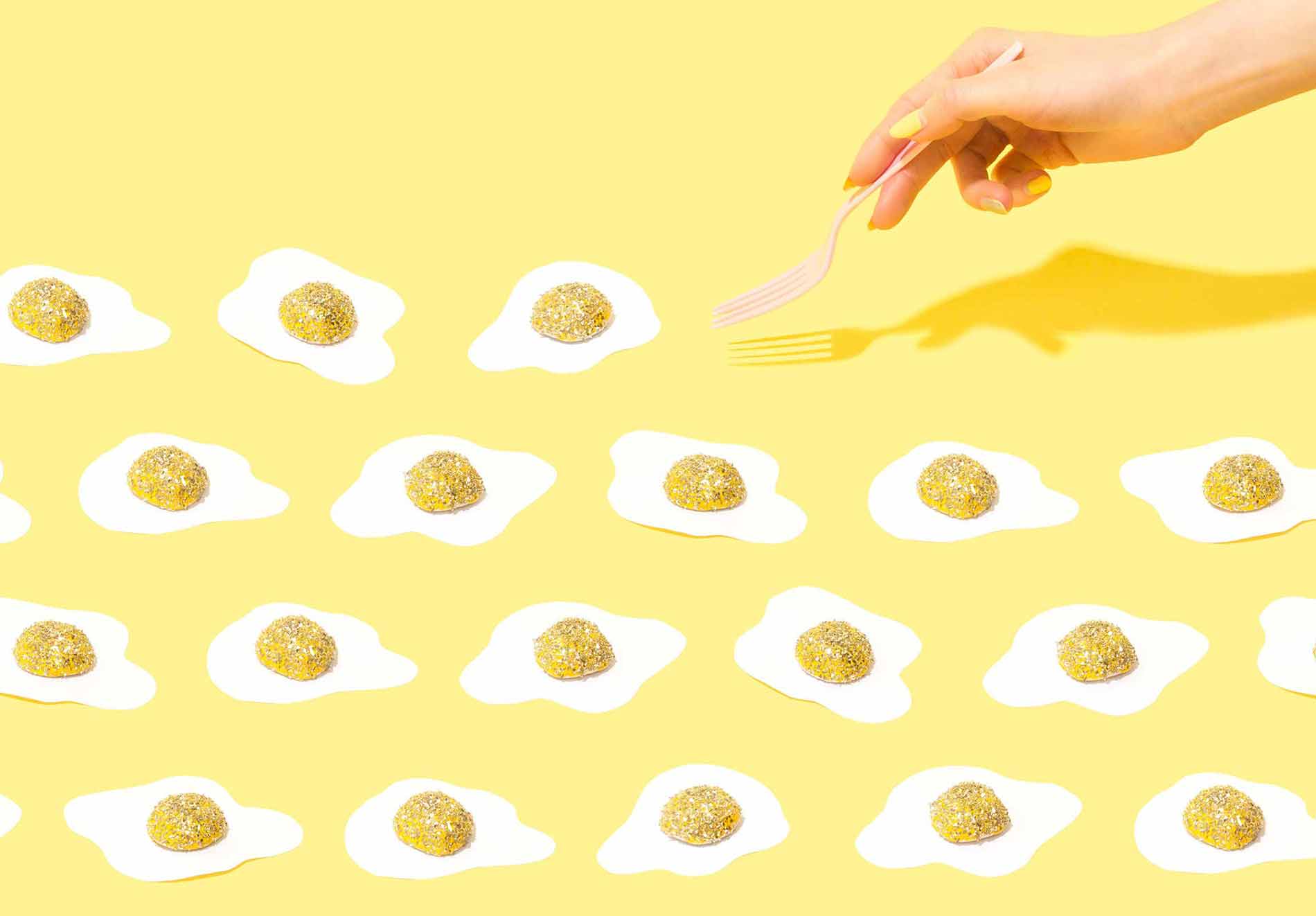
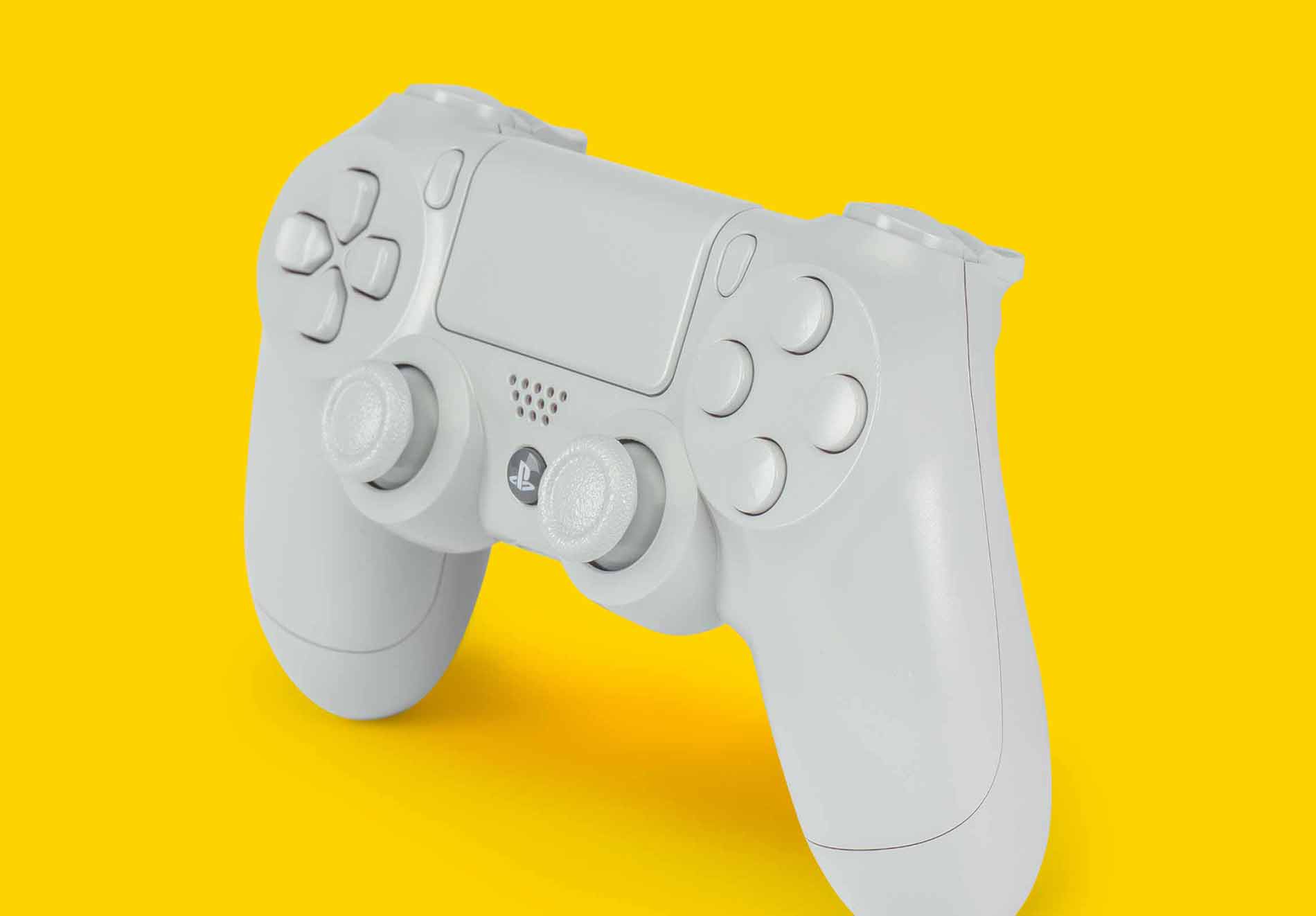
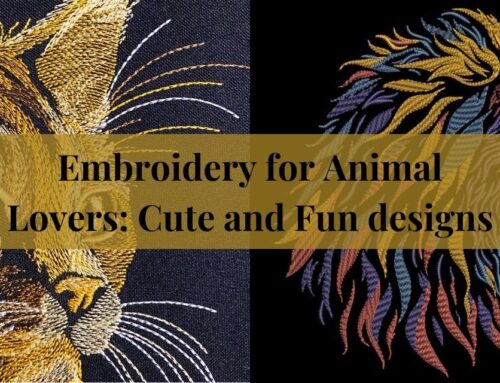
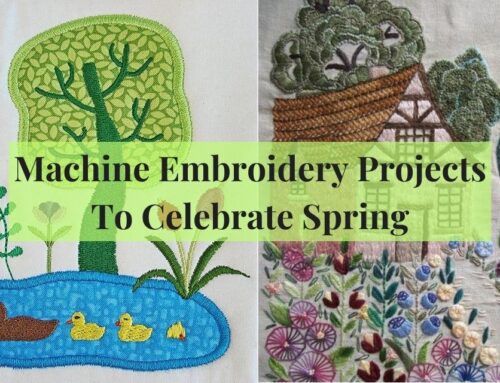
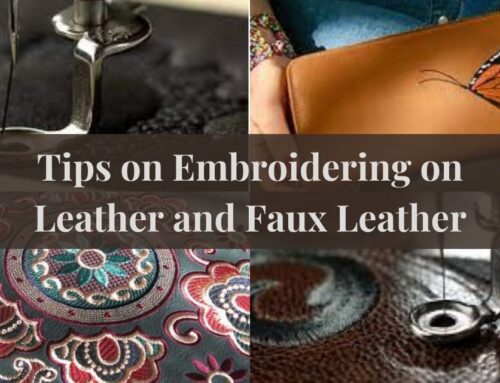
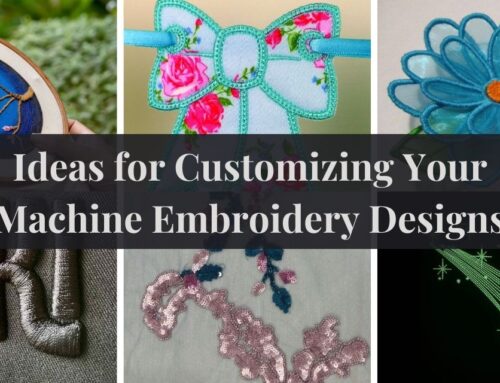
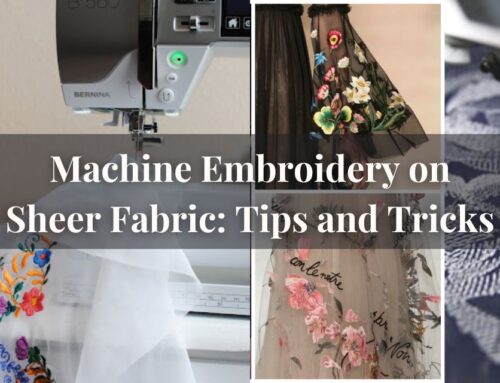
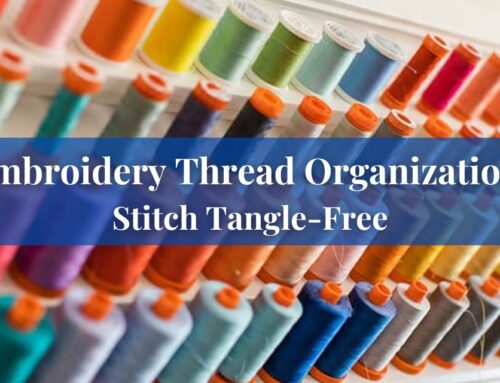
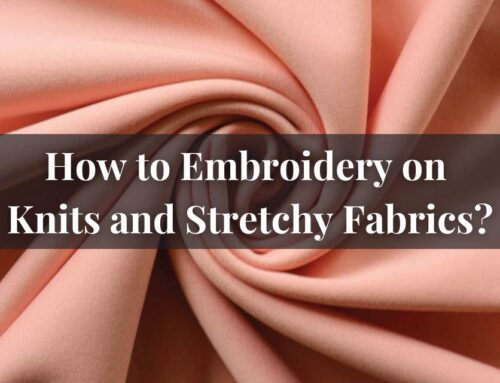
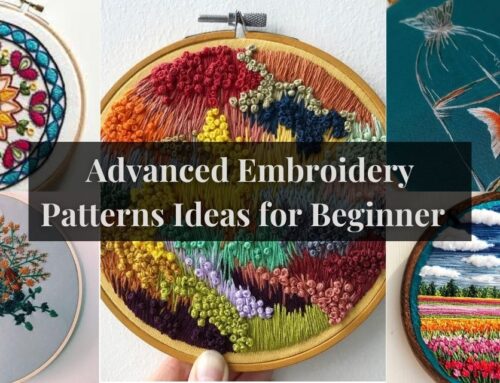
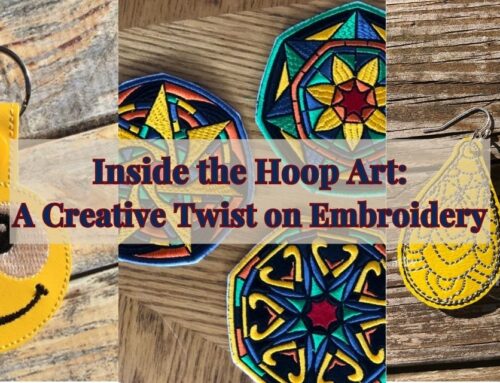
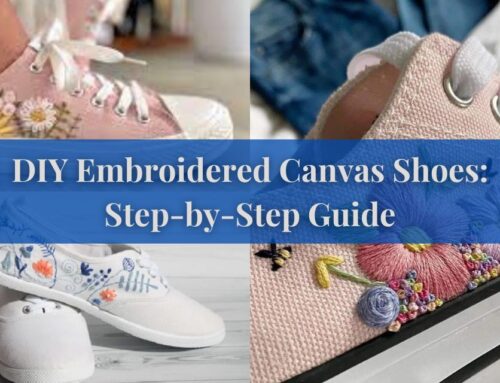
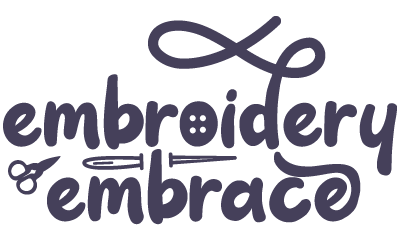
Leave A Comment